Description
Gallium Arsenide: The Unsung Hero of Innovation Beyond Silicon
While silicon reigns supreme as the king of the semiconductor world, another material quietly revolutionizing technology in specialized applications deserves recognition: Gallium Arsenide (GaAs). This compound semiconductor, a blend of gallium and arsenic, boasts unique properties that make it a powerful alternative to silicon in scenarios where speed, efficiency, and light sensitivity are paramount.
Why GaAs Stands Out: A Tale of Superior Properties
GaAs’s advantages stem from its distinct electronic and optical characteristics. Here’s a breakdown:
- Higher Electron Mobility: GaAs allows electrons to move through it much faster than silicon. This translates to faster switching speeds and higher operating frequencies, a critical advantage in high-frequency applications.
- Lower Power Consumption: Due to its higher electron mobility, GaAs devices require less voltage to operate, resulting in lower power consumption and reduced heat generation. This is crucial for battery-powered devices and energy-efficient systems.
- Direct Bandgap: Unlike silicon, GaAs has a direct bandgap. This means it can efficiently emit and absorb light, making it ideal for optoelectronic devices like LEDs, lasers, and solar cells.
- Greater Radiation Resistance: GaAs exhibits greater resistance to radiation damage compared to silicon. This makes it a preferred material for space-based applications and environments where radiation is prevalent.
Where GaAs Shines: Applications Leveraging its Strengths
These superior properties make GaAs a valuable component in a wide range of cutting-edge technologies:
- Wireless Communication: GaAs is the backbone of high-frequency radio frequency (RF) circuits in smartphones, satellite communication systems, and radar systems. Its speed and efficiency enable clear, reliable communication even in challenging environments.
- High-Speed Computing: While silicon remains dominant in general-purpose computing, GaAs is finding a niche in specialized high-performance computing applications where speed is critical.
- Optoelectronics: GaAs is essential for light-emitting diodes (LEDs), laser diodes, and photodetectors. It powers applications ranging from barcode scanners and optical storage devices to fiber optic communication systems and solar energy conversion.
- Defense and Aerospace: Its radiation resistance and high-frequency capabilities make GaAs a vital material for military radar systems, satellite communication, and space-based solar panels.
- Automotive Industry: GaAs is used in radar systems for advanced driver-assistance systems (ADAS) like adaptive cruise control and collision avoidance.
Challenges and the Future of Gallium Arsenide
Despite its advantages, GaAs faces certain challenges:
- Higher Cost: GaAs is typically more expensive to manufacture than silicon due to the complexity of its production process and the cost of its constituent materials.
- Brittle Nature: GaAs is more brittle than silicon, making it more susceptible to damage during manufacturing and handling.
- Toxicity: Arsenic is a toxic element, requiring careful handling and disposal during the manufacturing process.
However, ongoing research and development efforts are addressing these challenges. Researchers are exploring new manufacturing techniques to reduce costs and improve the material’s robustness. Furthermore, advancements in packaging and encapsulation are mitigating the toxicity concerns.
Looking ahead, GaAs is poised to play an increasingly important role in the future of technology. As demands for higher bandwidth, faster processing speeds, and more energy-efficient devices continue to grow, the unique capabilities of GaAs will make it an indispensable material for a wide range of applications. While it may not completely replace silicon, Gallium Arsenide will undoubtedly continue to be the unsung hero, enabling innovation in areas where performance truly matters. It’s a crucial building block for the technologies that will shape our future.


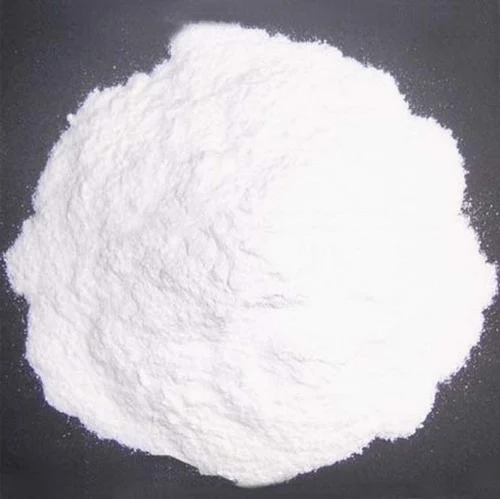
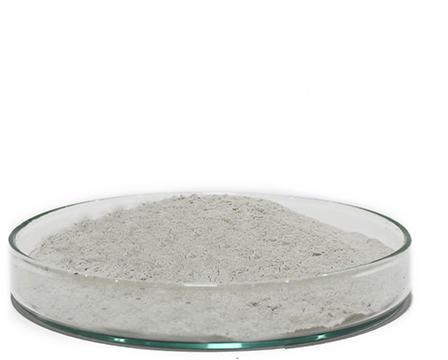

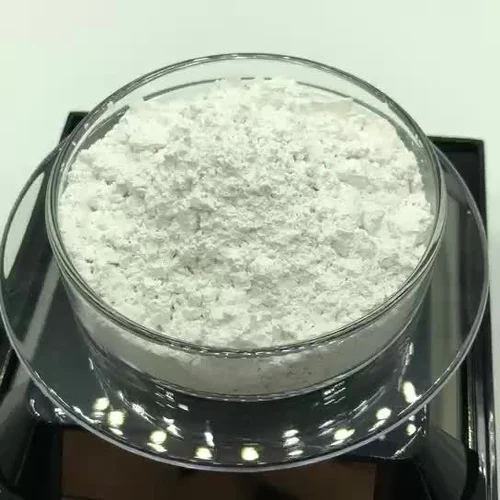
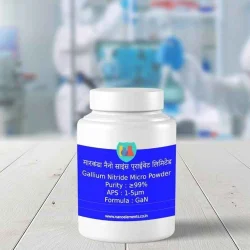



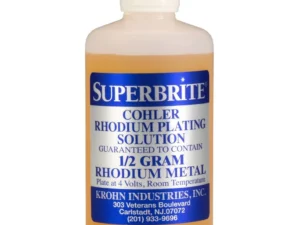

Reviews
There are no reviews yet.